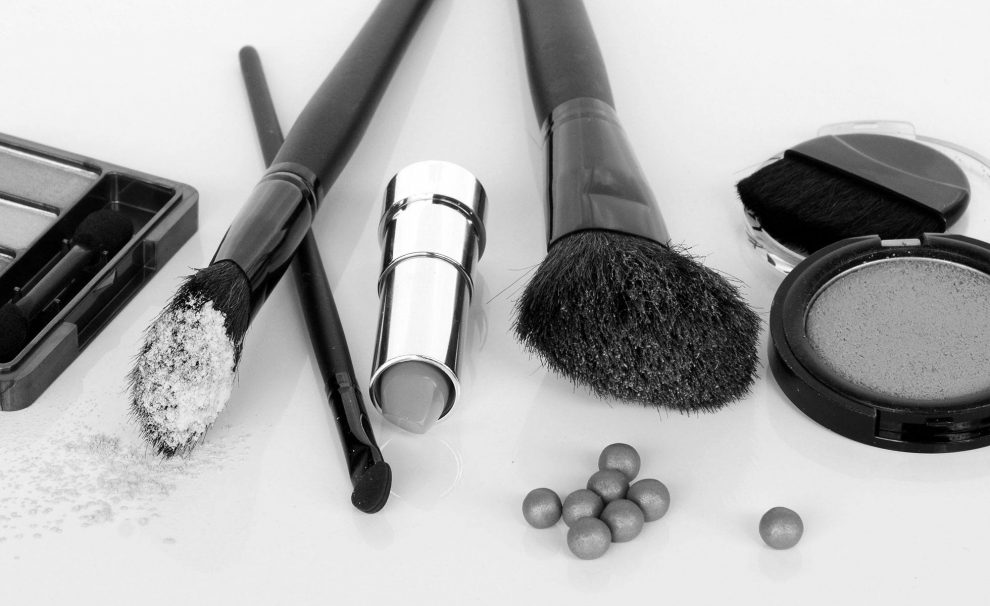The beauty industry is a multi-billion dollar market, with countless products available to consumers promising to make them look and feel their best. From lip balms and foundation to shampoos and conditioners, the average person uses a variety of beauty products on a daily basis. However, have you ever stopped to think about what’s actually in these products? The truth is, many beauty products contain harmful chemicals that can have negative effects on our health and the environment. In this essay, we’ll take a closer look at the chemicals in beauty products and what you can do to protect yourself.
The Dangers of Chemicals in Beauty Products
Beauty products contain a wide range of chemicals, many of which have been linked to health problems. Some of the most common chemicals found in beauty products include:
1. Parabens: Parabens are preservatives commonly found in cosmetics and personal care products. They have been linked to hormonal imbalances and an increased risk of breast cancer.
2. Sodium Lauryl Sulfate (SLS): SLS is a foaming agent found in many personal care products, including shampoos, soaps, and toothpaste. It has been linked to skin and eye irritation, and may also cause cancer.
3. Phthalates: Phthalates are found in many fragrances and have been linked to reproductive problems and hormonal imbalances.
4. Synthetic Fragrances: Synthetic fragrances are found in many beauty products, including perfumes, colognes, and lotions. They have been linked to respiratory problems, headaches, and other health issues.
5. Talc: Talc is a common ingredient in powder products, including eye shadow, blush, and foundation. It has been linked to respiratory problems and has been shown to increase the risk of ovarian cancer when used in the genital area.
The Environmental Impact of Beauty Products
In addition to the health risks associated with chemicals in beauty products, there is also a significant environmental impact to consider. Many beauty products contain chemicals that are harmful to the environment, including:
1. Microbeads: Microbeads are tiny plastic particles found in many personal care products, including face wash, toothpaste, and exfoliating scrubs. They can enter the water system and harm marine life.
2. Oxybenzone: Oxybenzone is a common ingredient in sunscreens that has been shown to harm coral reefs and marine life.
3. Polyethylene Glycol (PEG): PEG is a common ingredient in many beauty products, including moisturizers and hair care products. It can contaminate waterways and harm aquatic life.
What You Can Do to Protect Yourself
So, what can you do to protect yourself from the harmful chemicals in beauty products? Here are a few tips:
1. Read Labels: The first step in protecting yourself is to read the labels on the beauty products you use. Look for products that are labeled as “non-toxic,” “organic,” or “natural.”
2. Use Natural Alternatives: Many natural alternatives to chemical-laden beauty products are available. For example, you can use coconut oil instead of chemical-based moisturizers, or switch to natural makeup products.
3. Make Your Own Products: Making your own beauty products is a great way to avoid chemicals and save money. You can make your own moisturizers, lip balms, and other products using natural ingredients like coconut oil, shea butter, and essential oils.
4. Support Companies That Use Safe Ingredients: Support companies that use safe, natural ingredients in their products. This will help to promote change in the beauty industry and encourage more companies to use safer ingredients.
The truth is, many beauty products contain harmful chemicals that can have negative effects on our health and the environment. However, by being informed and proactive, you can protect yourself and make a positive impact on the world around you. Remember, the beauty industry is a multi-billion dollar market, and consumers have the power to demand safer, more natural products. By reading labels, using natural alternatives, making your own products, and supporting companies that use safe ingredients, you can make a difference and promote change in the beauty industry.


















Add Comment